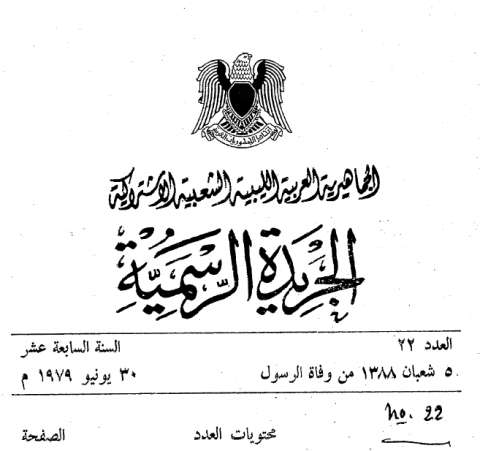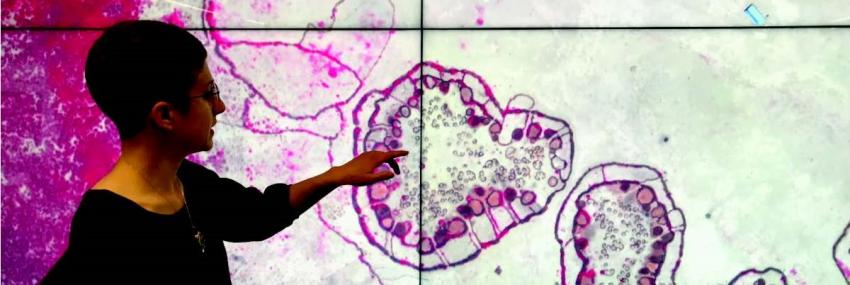CRL has released the first batch of official gazettes digitized through a project sponsored by the Carnegie Corporation of New York.
First announced in October 2014, CRL's effort will bring to light sensitive documentation of non-transparent and corrupt governments. CRL has targeted gazettes from ten African and Persian Gulf countries (Algeria, Republic of Congo, Iran, Iraq, Libya, Morocco, Mozambique, Somalia, Sudan, and Zimbabwe) to be included in an open web repository. Official gazettes are key documents of civil society: they contain the texts of new laws, decrees, regulations, international treaties, legal notices, legislative debates, and court decisions, in many jurisdictions the only published versions of a nation's primary law. CRL is digitizing gazettes from its extensive collection of gazettes, and will augment these materials by harvesting from the web more recent gazettes and related data published digitally.
CRL has now uploaded approximately 59,000 pages of content (of a targeted 295,000 pages) to its Digital Delivery Server, which enables issue-level browsing and text searching within each item. Titles presently available for viewing (partially complete) are:
- Journal officiel de la République du Congo
- Journal officiel de la République populaire du Congo
- Democratic Republic of the Sudan gazette
- The Official Gazette of the United Kingdom of Libya
- al-Jarīdah al-rasmīyah (Libya)
CRL is working with LLMC to source and digitize content from CRL and partner institutions. LLMC will share access to the digital files to enhance discoverability and enable cross-searchability with other international legal content in LLMC-Digital.


